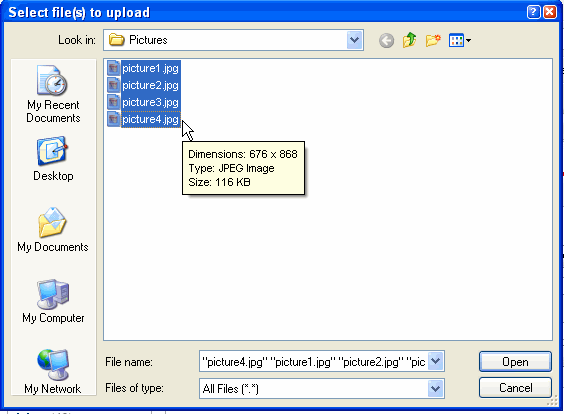

JUNO: How do we respond to the GDPR? (our commitments) JUNO: How do we respond to the GDPR ? (the data protection) To meet your challenges, we have defined a “security” framework: Anonymization of Data not necessary for treatments Enhanced access management (systematic and periodic reviews): sharing Privacy policy Audits of our subcontractors Surveillance and detection of possible weaknesses Deletion of personal data in accordance with European regulations Secure development taking into account good security practices and the protection of personal data (anonymous or fictitious test data) Implementation of processes with our customers for escalation or incidents Security certification process In accordance with the regulations, JUNO has planned various modules of purge to allow the controllers of data (the customer) to choose the type of suppression according to its own charter user: Deletion of all user data suppression Deletion of data from the directory, anonymization of other data (posts, KPIs, Gamification). Modify personal data (directory) Make the request to export their personal data to Eventually, users can export their personal data themselves through JUNO. In accordance with the regulations, users can: We are therefore at your disposal “End User Licence Agreement.” The users are notified that we use their personal data when they log in for the first time. We also take into account the portability of the data by the possible export of the data users by our APIs. We implement the protection of personal Data from conception, by defining for example the collection and the conservation of the traces of consent. JUNO: How do we respond to the GDPR? (the data used) All the user’s Data are deleted when the user is deleted.The user’s KPIs on the use of JUNO are kept 3 months and are then anonymized.The Data summarized from the OFFICE 365 profile.Īll these data are collected for precise purposes, and are kept only for the duration required for the service, thus we define shelf-life according to our services:.Directory Data: first name, last name, title, position (if need for organization chart).
#Juno email password#
Password (for precise purposes such as the authentication) But Juno's ready for it, Johnson said.Įmail Meghan Bartels at or follow her on Twitter Follow us on Twitter and on Facebook.Within the framework of the services and the services which we offer our customers, we identified the data we need:

That means Juno will zoom by Ganymede at a speed of about 43,200 mph (69,523 kph) and then whip around Jupiter at a whopping 129,600 mph (208,571 kph). Less than 24 hours later, we're performing our 33rd science pass of Jupiter - screaming low over the cloud tops, at about 36 miles per second (58 kilometers per second). "On Monday, we are going to race past Ganymede at almost 12 miles per second (19 kilometers per second).

"Literally every second counts," Matt Johnson, Juno mission manager at JPL, said in the same statement. However, because the icy moon will appear and fade in just 25 minutes, mission scientists expect the instrument will be able to take only five images of Ganymede during the encounter.īut despite the excitement of the unusual moon flyby, Juno scientists can't lose sight of a milestone coming close on the heels of the Ganymede investigation, when the spacecraft makes another flyby of its usual target, Jupiter itself. That last instrument's measurements are particularly intriguing for scientists, who hope to use them to identify the different ingredients in the lighter and darker patches of Ganymede's ice shell.Īnd among the cameras studying the moon will be, of course, the same JunoCam that has snapped such stunning portraits of the gas giant throughout the mission. During the flyby, several of the spacecraft's instruments will observe Ganymede, including three different cameras, radio instruments, the Ultraviolet Spectrograph (UVS), the Jovian Infrared Auroral Mapper (JIRAM) instruments and the Microwave Radiometer (MWR). So scientists are thrilled to make use of the Juno opportunity. But that's a long time to wait, and Juno, which launched in 2011, carries significantly more powerful technology than the Voyagers and Galileo spacecraft did. The massive Jovian moon will be a main target of the European Space Agency's Jupiter Icy Moons Explorer mission, known as JUICE, which is due to launch next year and arrive in the Jupiter system in 2029.


 0 kommentar(er)
0 kommentar(er)
